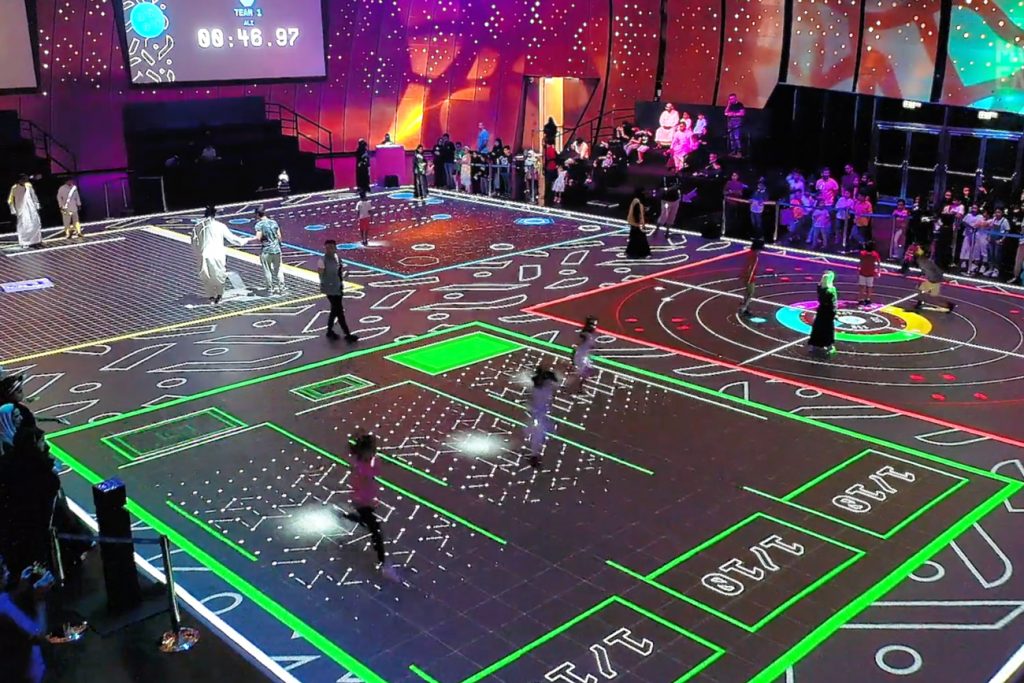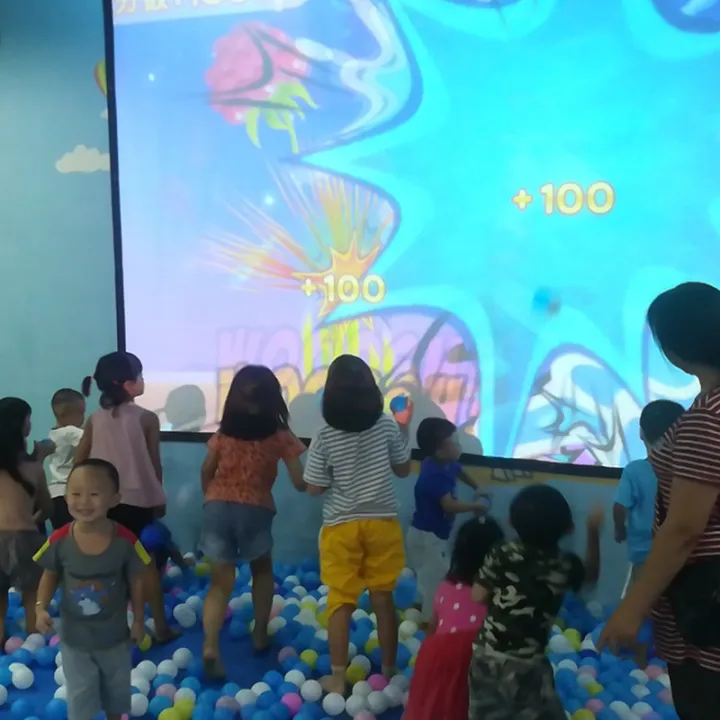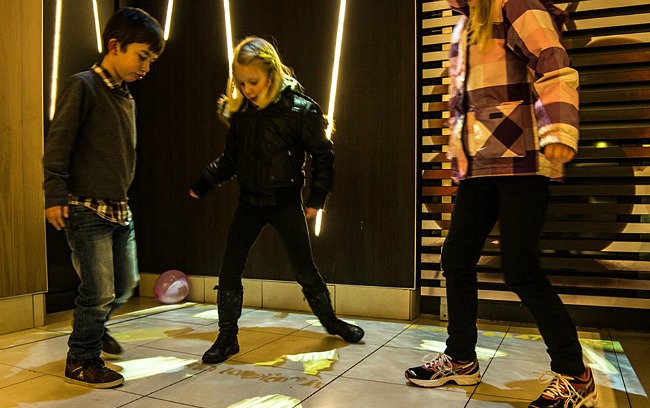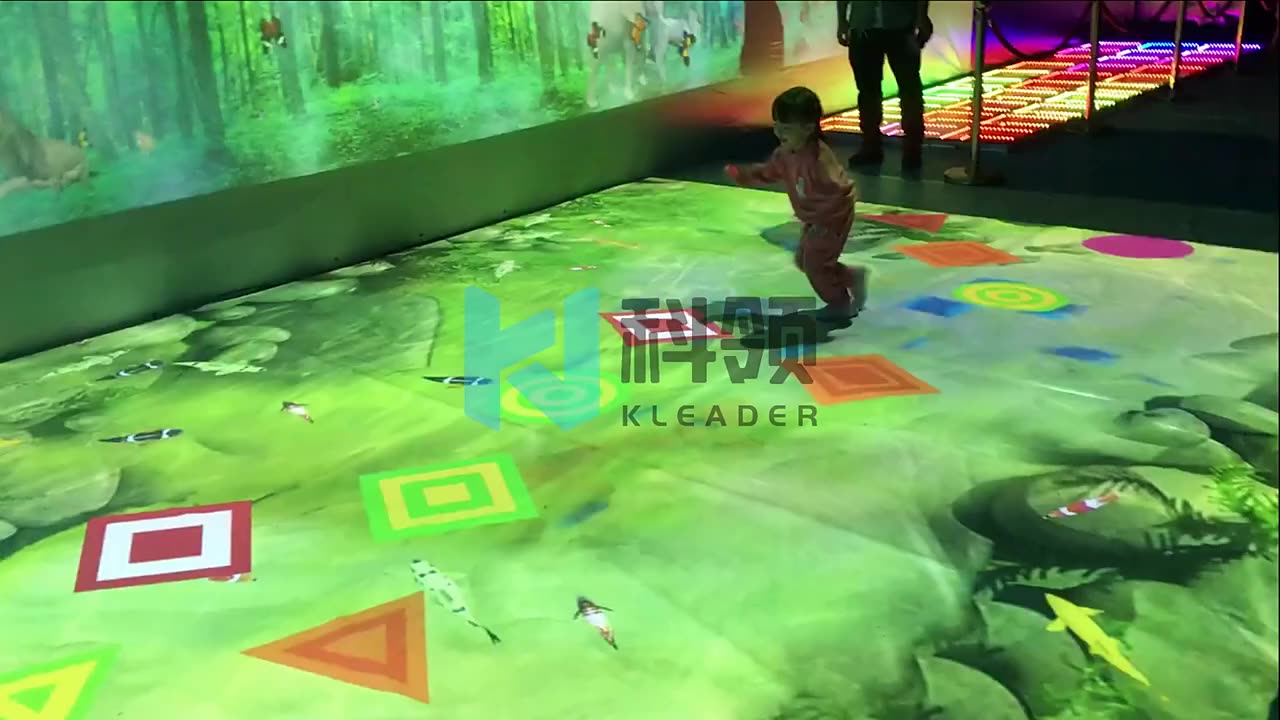The Immersive Playground: A Look At 3D Online Games For Kids In 2025
The Immersive Playground: A Look at 3D Online Games for Kids in 2025
Related Articles: The Immersive Playground: A Look at 3D Online Games for Kids in 2025
Introduction
In this auspicious occasion, we are delighted to delve into the intriguing topic related to The Immersive Playground: A Look at 3D Online Games for Kids in 2025. Let’s weave interesting information and offer fresh perspectives to the readers.
Table of Content
The Immersive Playground: A Look at 3D Online Games for Kids in 2025

The landscape of children’s entertainment is constantly evolving, with technology playing an increasingly prominent role. In 2025, 3D online games are poised to become the dominant force, offering children a level of immersive and interactive experiences previously unimaginable. This article delves into the exciting world of 3D online games for kids in 2025, exploring their potential benefits, key features, and the impact they are likely to have on the future of play.
The Evolution of Digital Playgrounds:
The evolution of online gaming for children has been marked by a constant drive towards greater realism and interactivity. From the early 2D games with pixelated graphics to the current generation of games featuring detailed 3D environments and complex gameplay mechanics, the trajectory has been one of increasing immersion. In 2025, this trend is expected to reach its zenith, with 3D online games offering children a truly captivating and engaging experience.
Key Features of 3D Online Games for Kids in 2025:
1. Unparalleled Visual Fidelity:
3D online games in 2025 will leverage advancements in graphics technology to create stunningly realistic environments. Children will be able to explore vibrant worlds teeming with intricate details, from bustling cities to sprawling forests and underwater realms. This level of visual fidelity will enhance the sense of immersion and make the gameplay experience more captivating.
2. Enhanced Interactivity:
These games will go beyond traditional game mechanics, incorporating elements of augmented reality (AR) and virtual reality (VR). Children will be able to interact with their virtual surroundings in ways never before possible. Imagine building virtual sandcastles on a beach, exploring a jungle with lifelike creatures, or even learning about different cultures through interactive simulations.
3. Personalized Learning Experiences:
3D online games in 2025 will be designed to cater to individual learning styles and interests. Adaptive learning algorithms will adjust the difficulty level and content based on a child’s progress, ensuring a personalized and engaging learning experience. This will empower children to explore subjects ranging from history and science to language and art, all within a fun and interactive environment.
4. Collaborative Play and Social Interaction:
The online nature of these games will foster a sense of community and collaboration. Children will be able to connect with friends and other players from around the world, engaging in cooperative gameplay, virtual role-playing, and social interactions. This will promote teamwork, communication, and social skills development.
5. Safety and Security:
The safety and security of children is paramount in the digital world. 3D online games in 2025 will incorporate robust security measures, including parental controls, age-appropriate content filtering, and anti-bullying mechanisms. These measures will ensure a safe and positive online environment for children to explore and learn.
The Importance of 3D Online Games for Kids:
1. Fostering Creativity and Imagination:
3D online games provide a platform for children to unleash their creativity and imagination. The open-ended nature of these games encourages children to explore different possibilities, experiment with new ideas, and develop their problem-solving skills.
2. Enhancing Cognitive Abilities:
The immersive nature of 3D online games challenges children’s cognitive abilities, improving their memory, attention span, and critical thinking skills. These games also promote spatial reasoning, hand-eye coordination, and strategic planning.
3. Building Social Skills and Emotional Intelligence:
Collaborative gameplay and social interactions within these games help children develop important social skills, such as communication, cooperation, and empathy. They also learn to navigate virtual social situations, building their emotional intelligence and understanding of social dynamics.
4. Providing Educational Opportunities:
3D online games can be powerful tools for learning. By incorporating educational content into engaging gameplay, children can learn about various subjects in a fun and interactive manner. This can make learning more accessible and enjoyable for children, fostering a love of learning from an early age.
5. Preparing for the Future:
As technology continues to advance, the skills developed through 3D online games will become increasingly valuable in the future. Children who are familiar with these games will be well-equipped to thrive in a world where technology plays a central role in education, work, and social interaction.
Frequently Asked Questions (FAQs):
Q: Are 3D online games safe for children?
A: The safety and security of children are paramount. 3D online games in 2025 will incorporate robust security measures, including parental controls, age-appropriate content filtering, and anti-bullying mechanisms. It is crucial for parents to stay informed about the games their children are playing and to utilize the available safety features.
Q: What are the potential risks associated with 3D online games?
A: Like any form of technology, 3D online games can pose certain risks. These include excessive screen time, potential exposure to inappropriate content, and the risk of cyberbullying. It is important for parents to establish healthy boundaries and to monitor their children’s online activities.
Q: How can parents ensure their children are using 3D online games responsibly?
A: Parents can encourage responsible gaming by setting limits on screen time, monitoring their children’s online activities, and engaging in conversations about online safety. They can also utilize parental controls and other safety features provided by the game developers.
Q: Will 3D online games replace traditional play?
A: 3D online games are not intended to replace traditional play. They are meant to complement and enhance the existing play experiences of children. It is important for children to engage in a variety of activities, including outdoor play, physical activity, and creative pursuits.
Tips for Parents and Educators:
1. Encourage a Balanced Approach:
Promote a balanced approach to screen time, ensuring that children engage in a variety of activities, including physical play, outdoor exploration, and creative pursuits.
2. Choose Age-Appropriate Games:
Select games that are appropriate for your child’s age and developmental stage, ensuring that the content and gameplay mechanics are suitable.
3. Set Clear Boundaries:
Establish clear rules and guidelines regarding screen time, content access, and online interactions.
4. Monitor Online Activities:
Stay informed about the games your children are playing, monitor their online activities, and engage in open conversations about online safety.
5. Utilize Parental Controls:
Take advantage of parental controls and other safety features provided by game developers to manage content access, screen time, and online interactions.
6. Promote Digital Literacy:
Educate children about online safety, responsible online behavior, and the potential risks associated with the digital world.
7. Encourage Collaboration and Communication:
Foster a sense of community and collaboration by encouraging children to play games with friends and family members.
8. Support Learning and Exploration:
Encourage children to explore educational games and to use these games as a platform for learning and creativity.
Conclusion:
3D online games for kids in 2025 represent a significant leap forward in the evolution of digital play. These games offer unparalleled levels of immersion, interactivity, and educational potential, making them a powerful tool for fostering creativity, enhancing cognitive abilities, and building social skills. By embracing the opportunities presented by these games while ensuring the safety and well-being of children, we can create a future where digital play empowers children to learn, grow, and thrive.








Closure
Thus, we hope this article has provided valuable insights into The Immersive Playground: A Look at 3D Online Games for Kids in 2025. We hope you find this article informative and beneficial. See you in our next article!